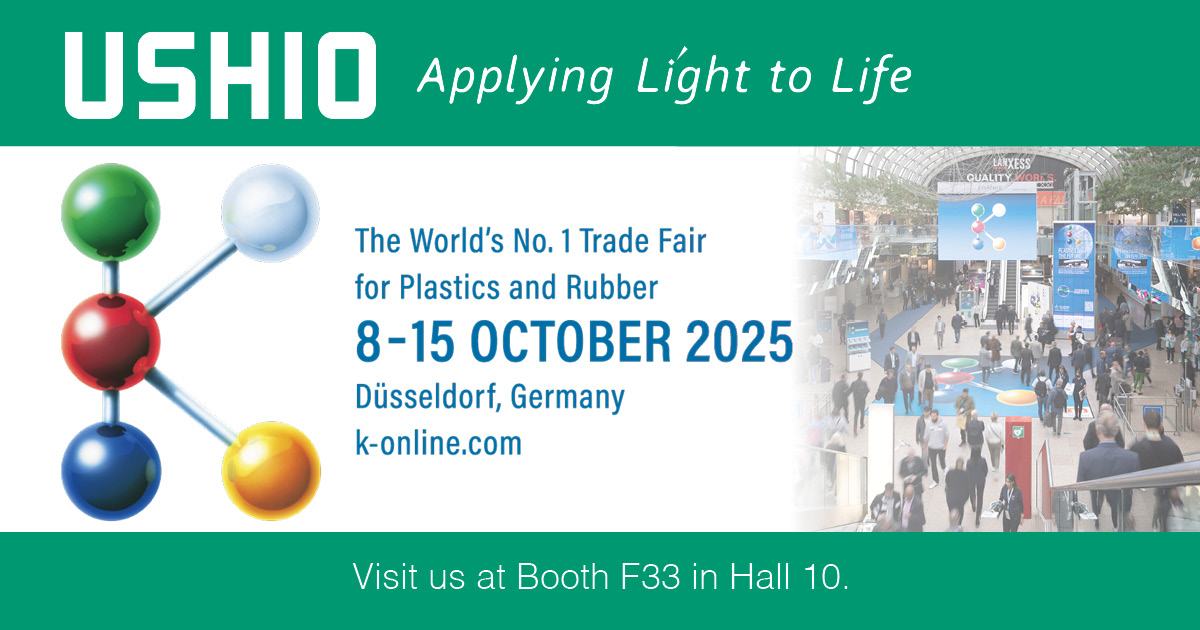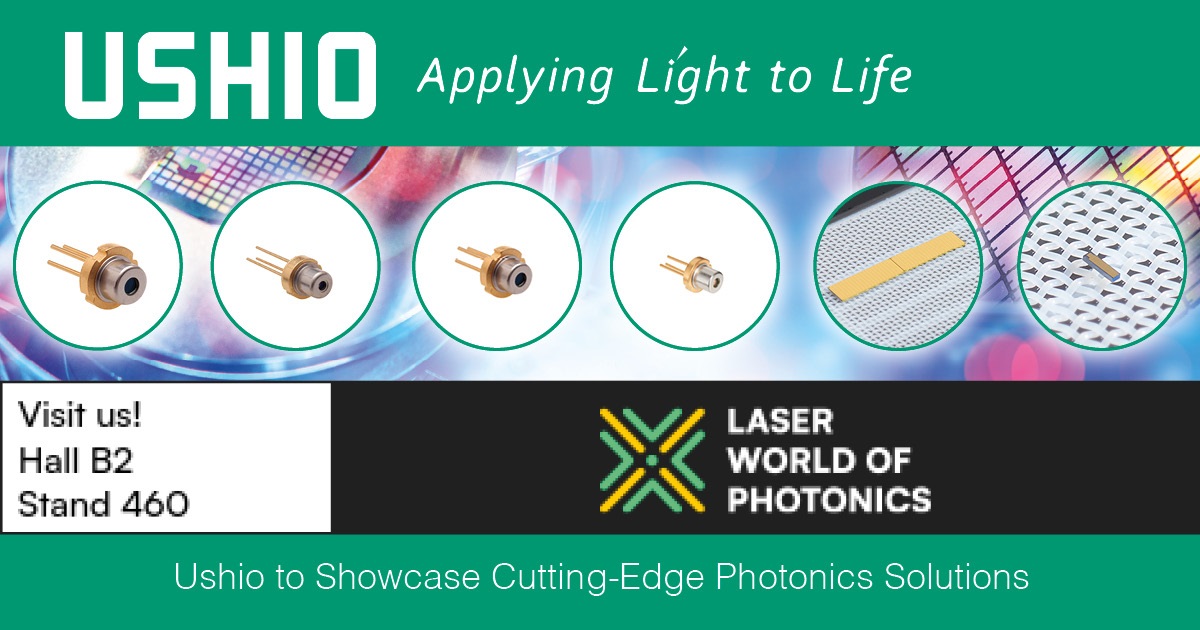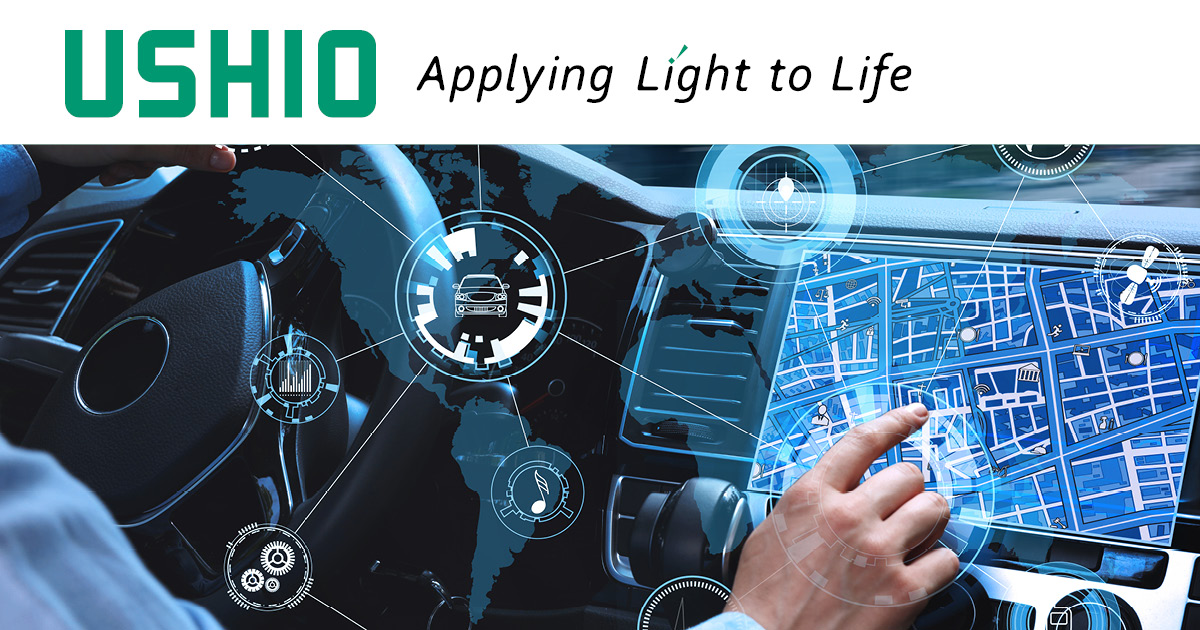Kobe University-Ushio Inc. Joint Study Finds Repetitive Irradiation with 222 nm UV-C Does Not Cause Skin Cancer
16 Apr 2020
Ushio Inc. 222 nm UV-C Research
Oude Meer, The Netherlands (April 2020) – Ushio Inc. (TYO: 6925; headquarters in Tokyo, Japan) and a research group from Kobe University have demonstrated via animal experimentation that repeated irradiation of 222 nm ultraviolet radiation (UV-C) does not cause skin cancer, suggesting it is safe for human skin and eyes. This technology is expected to be used in a wide range of antibacterial and viral inactivation applications.
The results were published in Photochemistry & Photobiology on March 29, 2020, and will be presented at the 2020 American Society of Photobiology Biennial Meeting in Chicago.
This research was supported by KAKENHI Grants-in-Aid for Scientific Research (JP16k10126).
Highlights
- Repeated irradiation of 222 nm UV-C does not cause skin cancer in highly susceptible mice.
- Results suggest 222 nm UV-C is also safe for human skin and eyes.
- The lamp used included an optical filter for 222 nm wavelength; no skin cancer or cataracts were observed in the mice.
- Direct irradiation of 222 nm germicidal lamps on humans is considered safe, enabling broad applications.
Background of Research
Natural UV-C (200–280 nm) is absorbed by the ozone layer. 254 nm UV-C lamps are used for anti-microbial applications but are not safe for human exposure. The 222 nm lamp, developed for medical use, required proof of non-carcinogenic exposure and safety for repeated human exposure.
According to Kobe University, 222 nm UV-C is as effective as 254 nm for disinfection but needed safety confirmation.
Research Methodology
Researchers repeatedly irradiated 222 nm UV-C on xeroderma pigmentosum group A model mice, which are highly susceptible to skin cancer. The lamp included a Kr-Cl excimer lamp and an optical bandpass filter.
All control mice irradiated with UV-B developed skin cancer and eye injuries. No mice in the 222 nm group developed skin cancer or microscopic abnormalities.
222 nm UV-C only penetrates the uppermost skin layer, causing no DNA damage to epidermal cells.

Future Developments
222 nm UV-C can be directly irradiated on human skin, enabling applications such as hand sanitisation in medical facilities and disinfection in public spaces.
Glossary
- Cataracts
- Clouding of the eye lens due to protein changes, often from UV exposure.
- Xeroderma pigmentosum
- A genetic disorder causing high risk of skin cancer from UV exposure.
Research Paper Information
- Title: Long-term effects of 222 nm ultraviolet radiation C sterilizing lamps on mice
susceptible to ultraviolet radiation
DOI: 10.1111/php.13269 - Authors: Nozomi Yamano, Makoto Kunisada, Sachiko Kaidzu, Kazunobu Sugihara, Aiko Nishiaki-Sawada, Hiroyuki Ohashi, Ai Yoshioka, Tatsushi Igarashi, Akihiro Ohira, Masaki Tanito, and Chikako Nishigori
- Journal: Photochemistry & Photobiology
About Ushio Europe B.V.
Since 1964, Ushio Group has been a leading manufacturer of specialist industrial light sources. Ushio Europe, established in 1985, offers over 3,000 solutions for various industries. Visit ushio.eu for more information.
About Ushio Inc.
Established in 1964, Ushio Inc. manufactures and markets a variety of light sources and optical equipment. Visit ushio.co.jp for details.
Contact & Further Information
Visit the Care222 contact page for enquiries or more information:
- Care222 – Ultraviolet Germicidal Irradiation (UVGI) Product Page
- Care222 - Safer UV Disinfection
- UV Disinfection Explained
- Excimer: The Technology Explained
- Ushio Europe - Excimer Irradiation Solutions brochure
Media
<iframe src="https://www.youtube-nocookie.com/embed/XZn4-6Fh60k?controls=0" width="560" height="315" frameborder="0" allowfullscreen>
Source: Ushio America Inc.


